Download our free 28-page ebook jam-packed with outrageously fun activity ideas.
Every group problem-solving activity affords ample opportunities for a group to make decisions, eg What idea to run with, Who goes first, What to do next, Are we ready to start, etc?
In my experience, many groups struggle to make good decisions for several reasons. One, they often do not have all the information required to make a good decision. And, two, the system they apply to manage their decision-making process is poor or flawed.
I’m sure you’ve seen this happen many times. Indeed, if you’ve ever seen your group use Rock-Paper-Scissors as a strategy to make a decision, this post is for you.
Responsible Decision-Making
First, we must note that responsible decision-making is one of the five core SEL (social-emotional learning) skills.
This critical competency includes identifying, analysing, solving problems, and evaluating and reflecting on the decision. Often, a group may also be asked to consider the ethics of their decision and anticipate the consequences of their actions.
Identifying the best of many ideas can be difficult at times. How can the group (or you, for that matter) be certain that the best idea rose to the top? Do we just conduct a vote, or is there a better way to assess the collective wisdom of the group?
I think I’ve found a useful tool to do just that…
Twenty-One Game
The exercise I know as Twenty-One is a process I picked up from a corporate trainer once, and I have applied it regularly to many programs ever since.
It is not designed to solve every decision-making dilemma, eg to decide who goes first. Still, it is a terrific process to lead your group through when making big decisions related to values, goals or anything requiring consensus.
In last week’s program, my group struggled to understand and agree on a common understanding of what collaboration meant.
All you need to present this tool is a bunch of index cards, pens, and most importantly, a thought-provoking question. In this instance, I posed the question: “To me, collaboration means…”
Throughout several rounds (I’ll let you read the step-by-step instructions,) the group gained a deeper understanding of what collaboration meant to them. Most importantly, they felt more comfortable that they had accessed the group’s collective wisdom. To me, this benefit cannot be overstated.
Tips on Using Twenty-One
Having used it a couple of times recently, here are a few tips that immediately spring to mind that will help you achieve a productive result:
- Be sure that each round involves partners who have not shared before;
- Ensure that each pair ends up with two responses (cards) that neither of them has seen before (admittedly, with small groups, this can be tough, but it’s worth aiming for;) and
- The quality of the result is directly related to the quality of the question you pose in the beginning.
Regarding that last point, I must have created at least 4 or 5 questions in my head before I settled on the one I used. So, don’t rush it, lest you may waste everyone’s time and end up with just as much confusion as when you started.
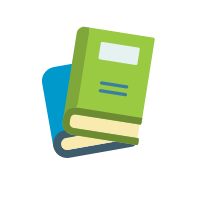


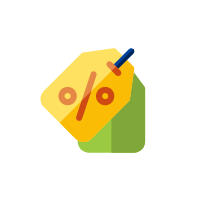
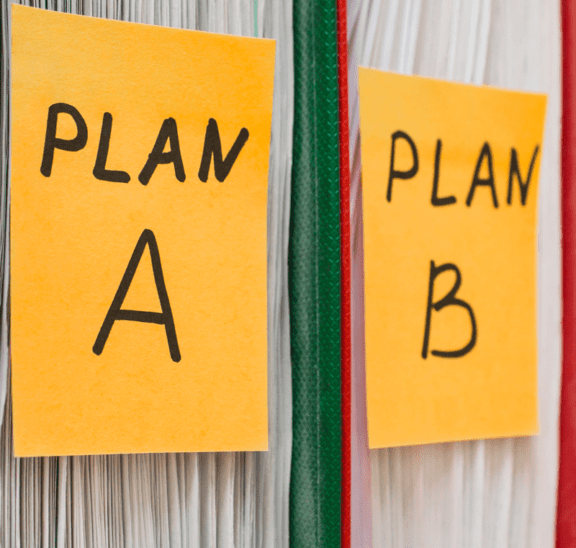
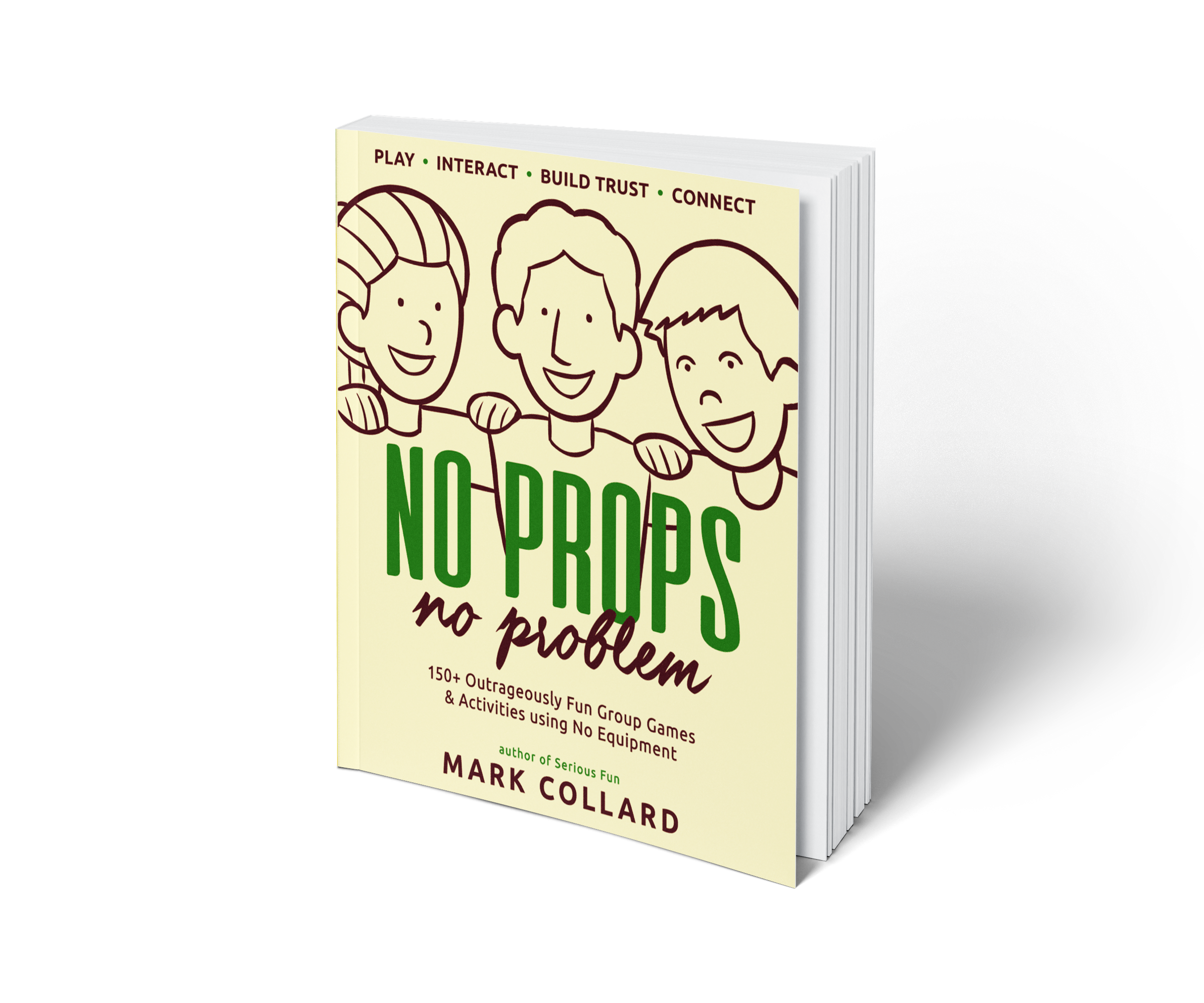
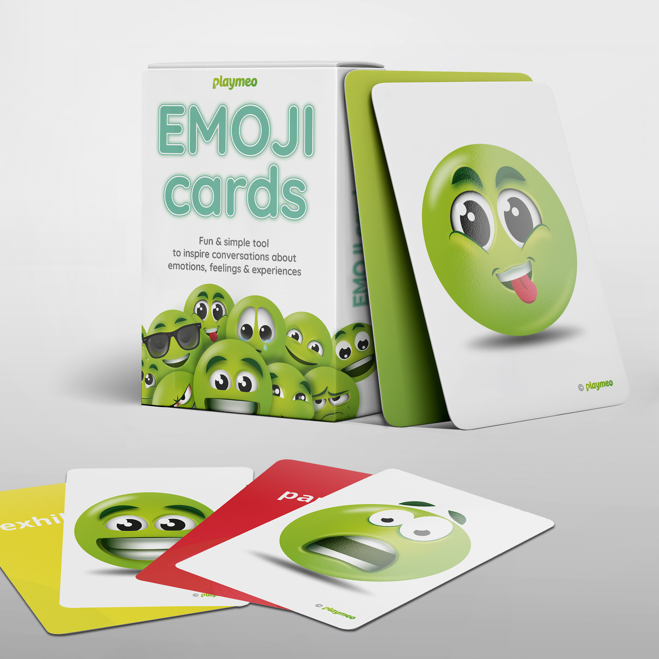

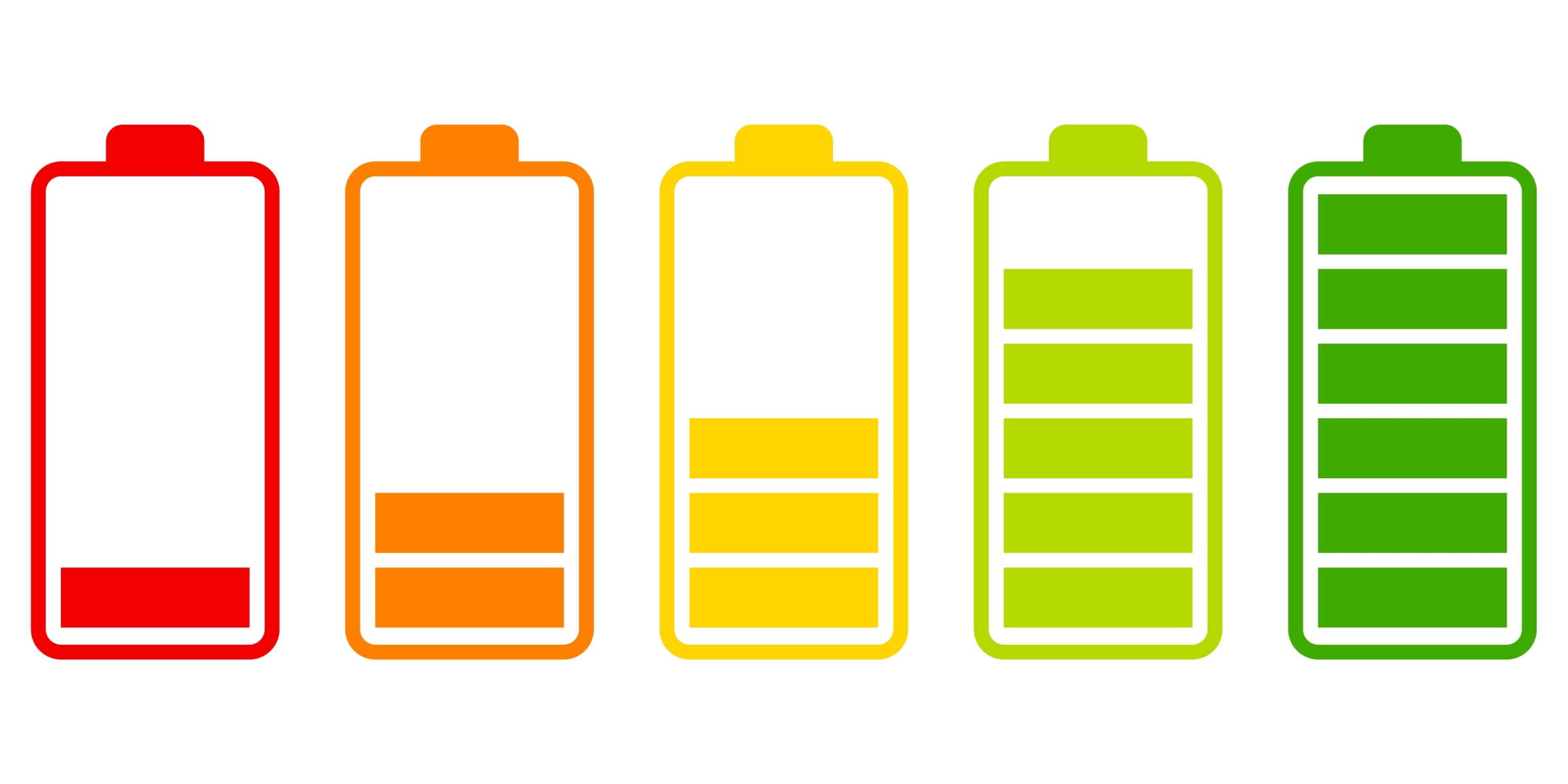



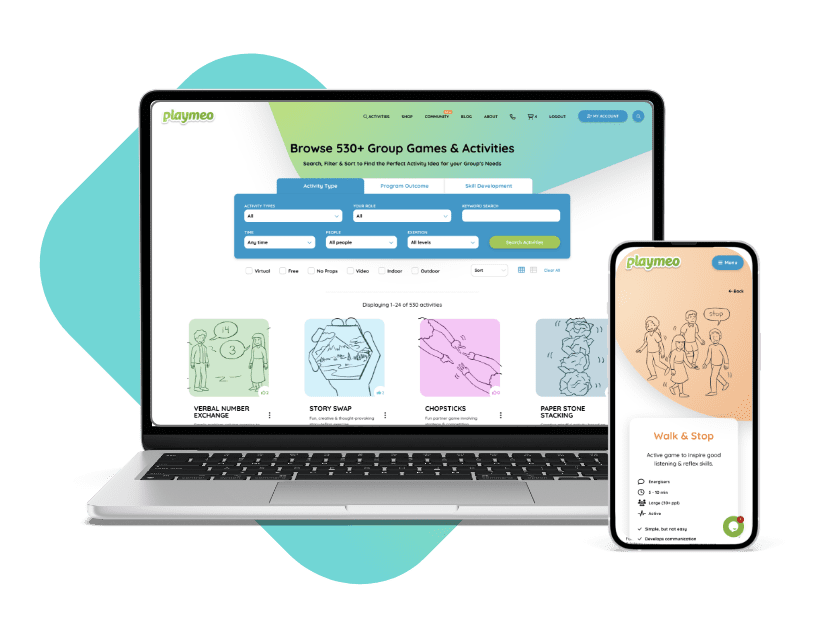
Original post September 2022, last updated September 2022.